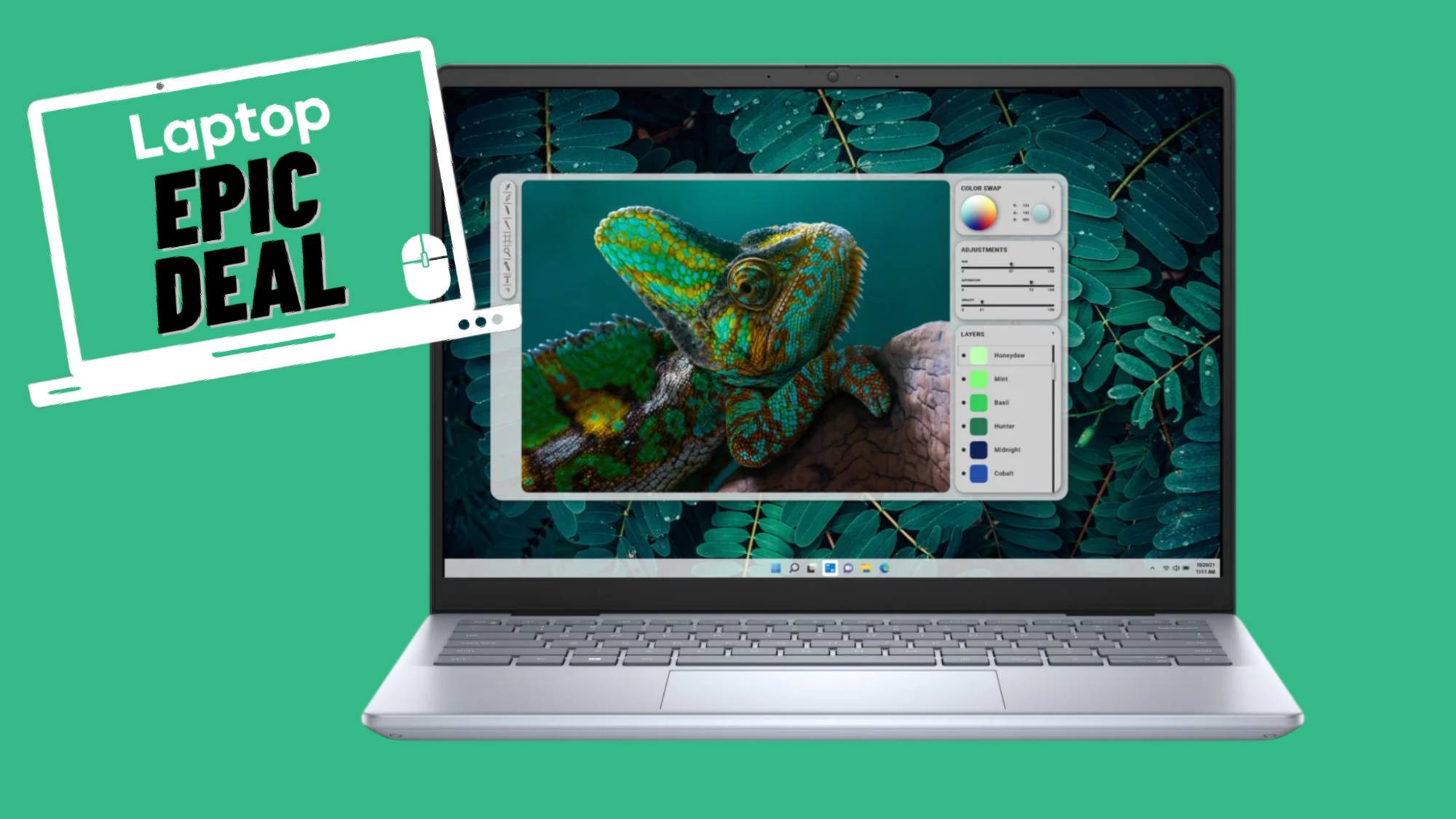2020 laptop trends we love
Chromebooks — Satan’s favorite laptops — are not on this list

Last week, we set our pitchforks ablaze against laptop trends that have overstayed their welcome.
Bottom-bezel cameras, dim displays, low-resolution panels — and most diabolical of all — Chromebooks (Satan’s favorite laptop) all received some smoke from the Laptop Mag staff.
But what about the trends we love?
Every once in a while, as passionate laptop reviewers, we stumble upon innovative features that make us say, “Now this is something we can get behind!” For just a few heartwarming seconds, we blissfully daydream about what it would be like if all laptops hopped on the bandwagon.
So what trends are we happy to see in 2020? We’ve compiled a list of awesome laptop perks that may not have originated in 2020, but are continuing to gain traction this year — and we’d love for them to grow in popularity in the future.
1. Wild touchpad innovations
With the Samsung Galaxy Flex 15, you can charge any Qi-compatible device on its touchpad. Yes, you read correctly — you can plop your smartphone or earbuds on the Galaxy Flex 15’s touchpad and it will double as a charging pad for your device.
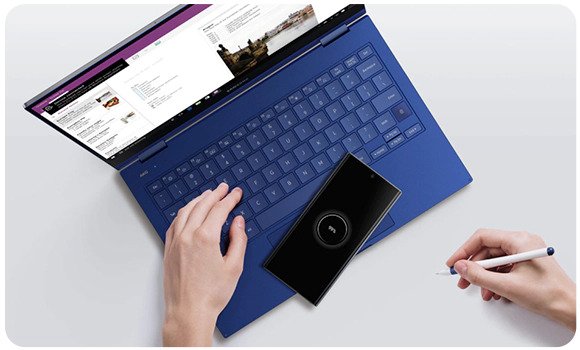
With the Asus ZenBook 13, you can link your smartphone to the ScreenPad, a mini display located below the space bar. You can get text notifications on your touchpad and reply to them, too. You can also open various apps or sync your phone’s display to the ScreenPad, which is an impressive feature.
Stay in the know with Laptop Mag
Get our in-depth reviews, helpful tips, great deals, and the biggest news stories delivered to your inbox.
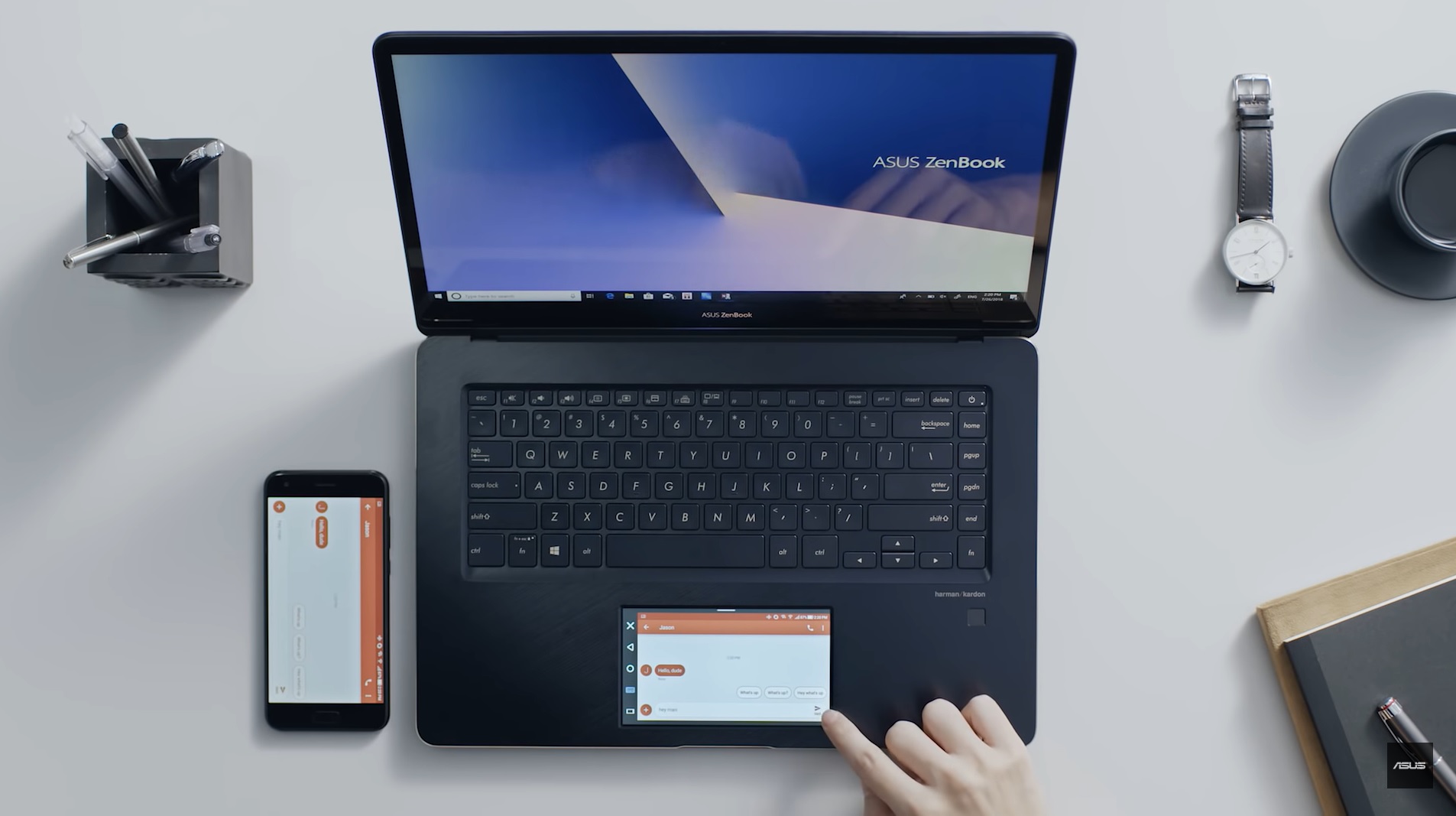
The touchpad has been getting a lot of love from creative masterminds lately — we look forward to seeing what other perks inventors will squeeze out of the touchpad to enhance our lives in the future. And most importantly, we hope these wild touchpad innovations catch on like wildfire.
2. Mini displays
Laptops with secondary displays are spectacular — they boost your productivity, you can access multiple apps simultaneously, and they satisfy your inner hyperactive child. Asus is revamping user interest in dual displays, giving Apple’s Touch Bar a run for its money, with laptops like the Asus ZenBook Pro Duo, which features a secondary screen that takes up half of the keyboard deck.

There is also the Asus ZenBook 15, a laptop with a touchpad that doubles as a mini display.
At the tail end of 2020, we’re expecting one more dual-screen device to hit the market — the highly anticipated Microsoft Surface Neo. In getting a taste of how mini displays can help organize, declutter and enhance my workflow, I’m crossing my fingers for more dual-screen laptops in the future.
3. Intel’s Project Athena
So, what exactly is Project Athena? Well, let me give you an analogy. When you read the words “FDA-approved” on a label, you may feel a sense of relief in knowing that experts have rigorously tested the product so that it meets their high standard of quality and safety.
Think of Intel’s Project Athena as the FDA of laptops.
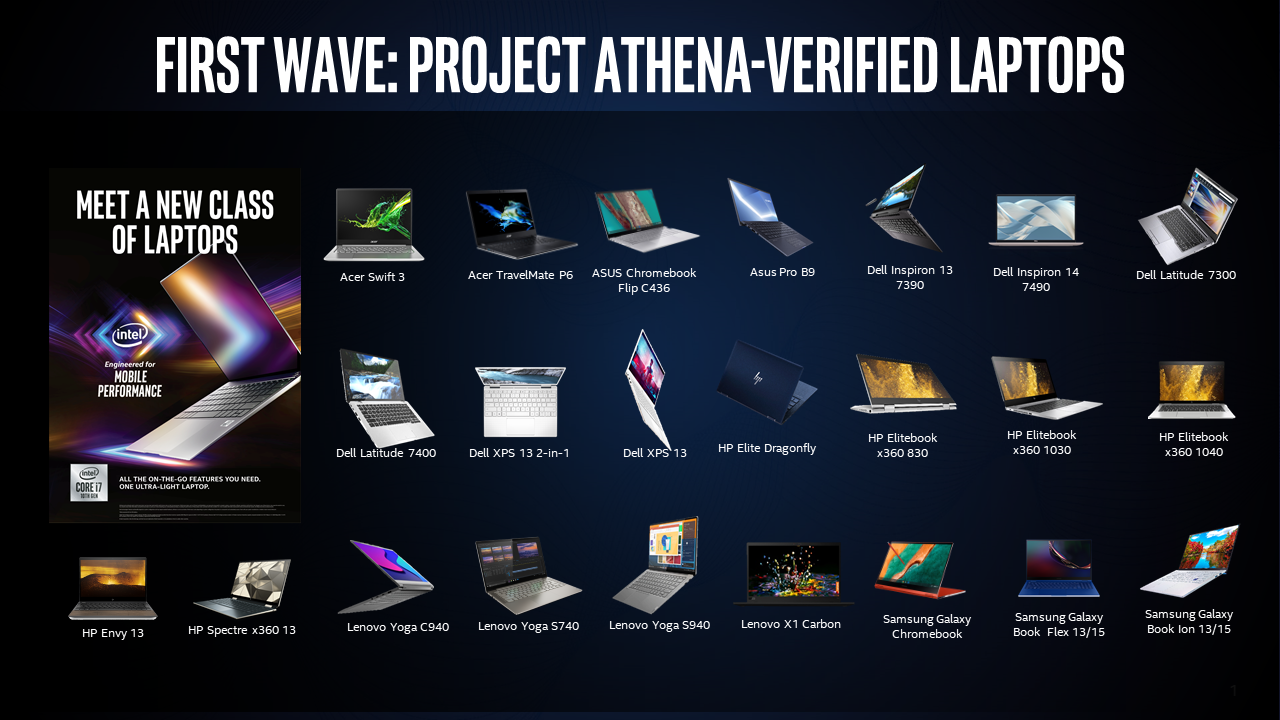
When a laptop is deemed to be a Project Athena-certified device, customers can rest assured that they’re purchasing a top-notch product with ample battery life, biometric authentication, Wi-Fi 6 compatibility and more. So far, Acer, Asus, Samsung, Lenovo, HP and Dell have worked with Intel to co-engineer laptops that meet the Project Athena standard. I’m hoping this trend continues and more laptop makers decide to partner with Intel to popularize the program.
4. Security features: Webcam privacy shutters and biometric authentication
As folks freaked out over the thought of Peeping Tom hackers infiltrating their webcams, the laptop industry moved quickly to capitalize on customers’ increased privacy concerns.
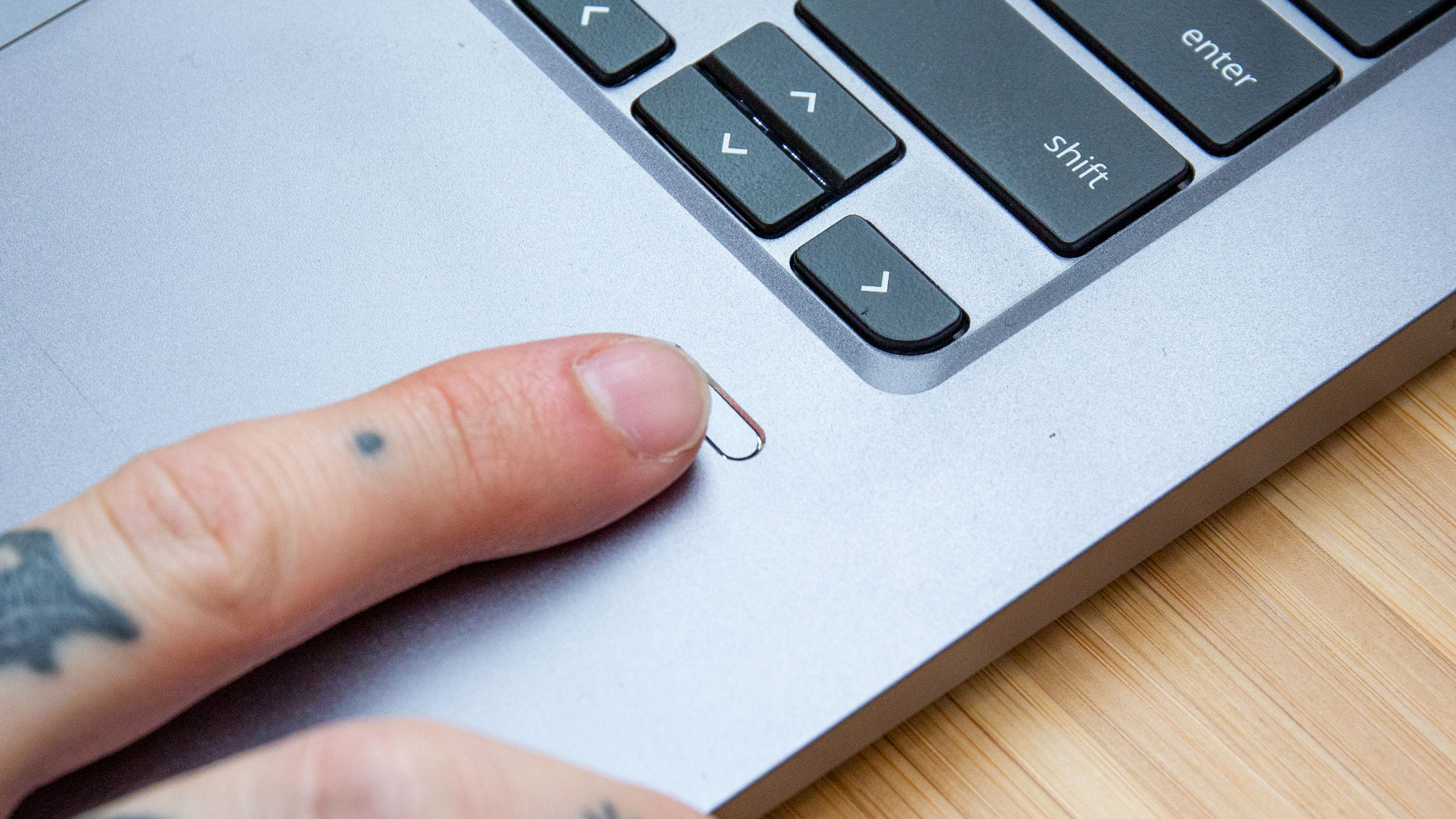
Laptop makers began implementing physical webcam privacy shutters to meet the demand for stricter security measures. However, many laptops still lack privacy shutters, so we hope more laptops join the wave of sporting built-in camera covers. We also appreciate the industry’s increased investment in biometric authentication, including fingerprint scanners and 3D IR cameras for facial recognition logins.
5. Badass AMD CPUs
This year, AMD has been yelling “eat my dust!” to Intel, and we live for it.
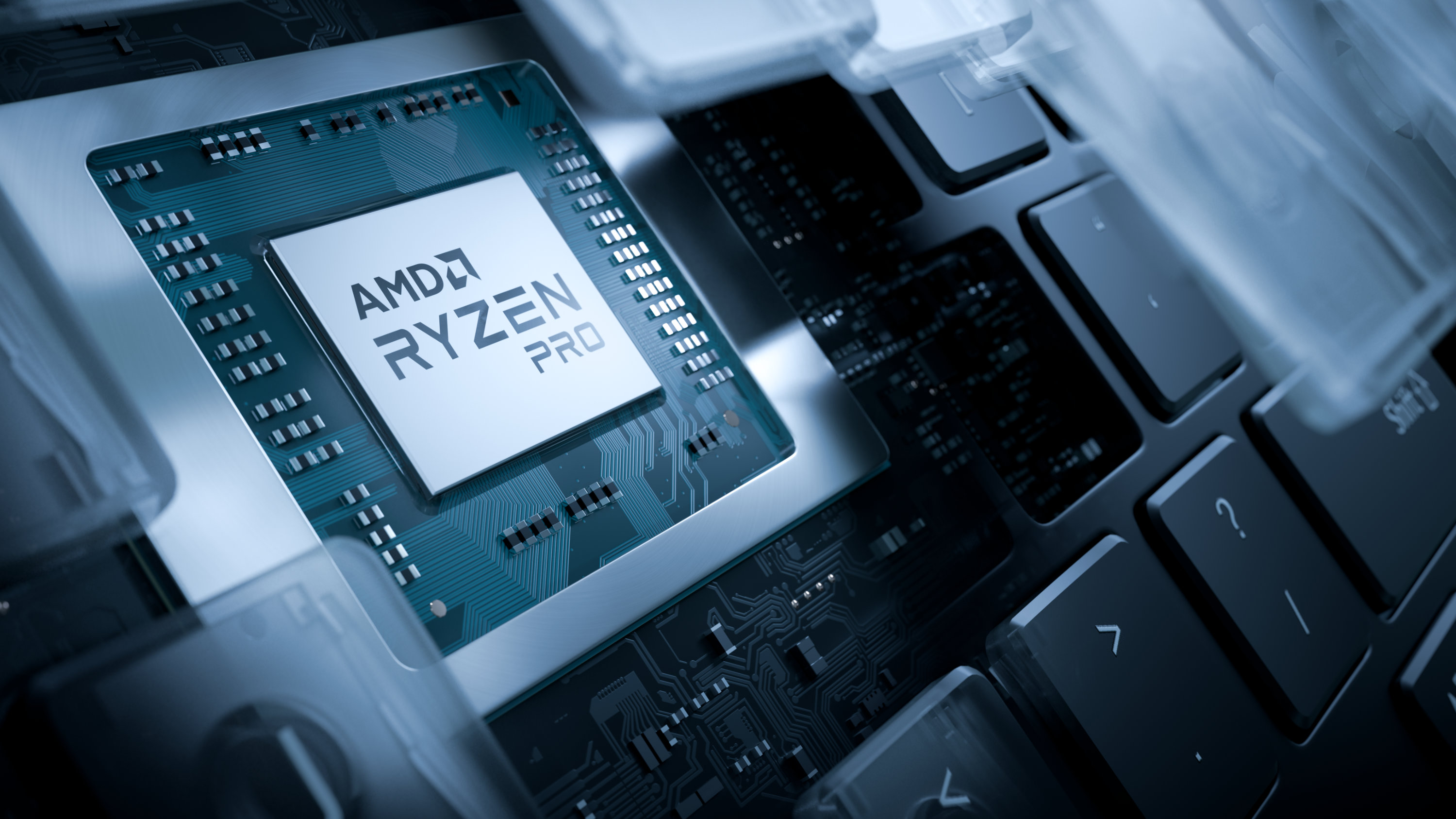
Intel has sat comfortably on its CPU-domination throne for far too long. The computer-chip manufacturer monopolized the notebook market for decades, but little did it know that AMD, its ultimate rival, was sneaking up behind them — ever-so-quietly — to snatch a bigger piece of the laptop market.
Interest in AMD’s 4000-series Ryzen CPU has surged, and for a good reason — it performs impressively well. Plus, AMD is reportedly two years ahead of Intel with its 7-nanometer chips. Why is this an exciting trend? Because AMD will keep Intel on its toes. Without much competition, Intel has become too complacent. But now that AMD is catching up, Intel’s gotten a much-needed wake-up call. Two CPU rivals are fighting for our attention and that is a good thing — with AMD and Intel wrestling to out-innovate each other, we reap the fruits of their competitive labor. Win, win!
6. 14 hour-plus battery life on mainstream notebooks
No one likes being shackled to a power socket all day because their laptop can’t stay alive for more than a few hours. So when laptops can last more than eight hours — just enough to get us through the workday — we’re grateful.
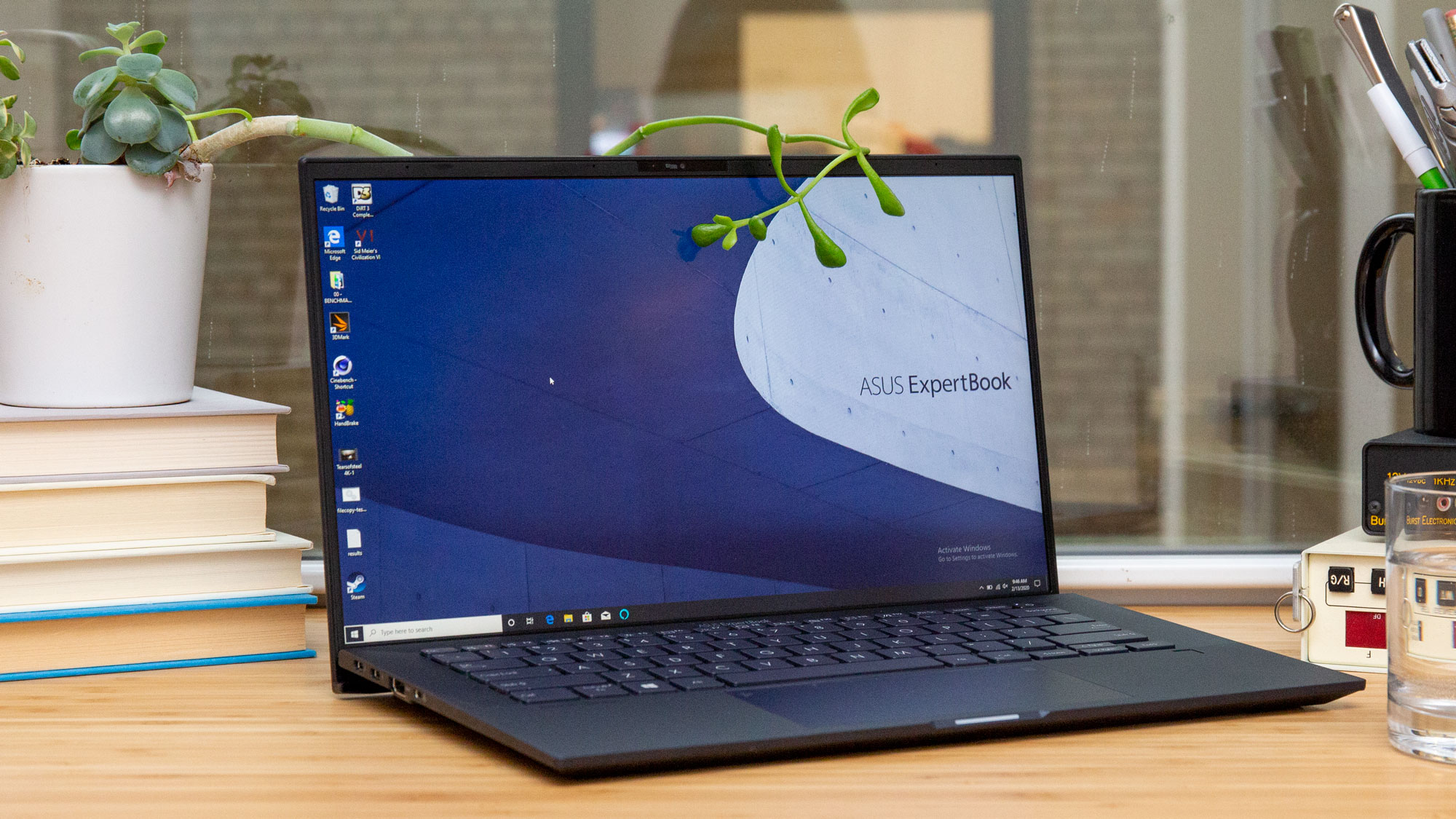
But this year, there have been three laptops that have exceeded our expectations with ridiculously long battery runtimes, lasting more than 14 hours on our Laptop Mag battery life test: The Asus ExpertBook B9450, the Samsung Galaxy Book Flex 15 and the LG Gram 14.
The Asus, Samsung and LG laptops reached runtimes of 14 hours, 15 hours and 44 minutes and 16 hours and 42 minutes, respectively. We would love nothing more than for this trend to continue and eventually become the norm — laptops with poor battery life should become a thing of the past.
7. Longer-lasting gaming laptops
Gaming laptops, packed with battery-draining hardware, typically do poorly on our battery life test. We never batted an eye at a gaming rig lasting no more than five hours. It’s simply what we expected — well, until the Asus ROG Zephyrus G14 slapped us awake and said, “You totally can have a good gaming laptop with decent battery life!”
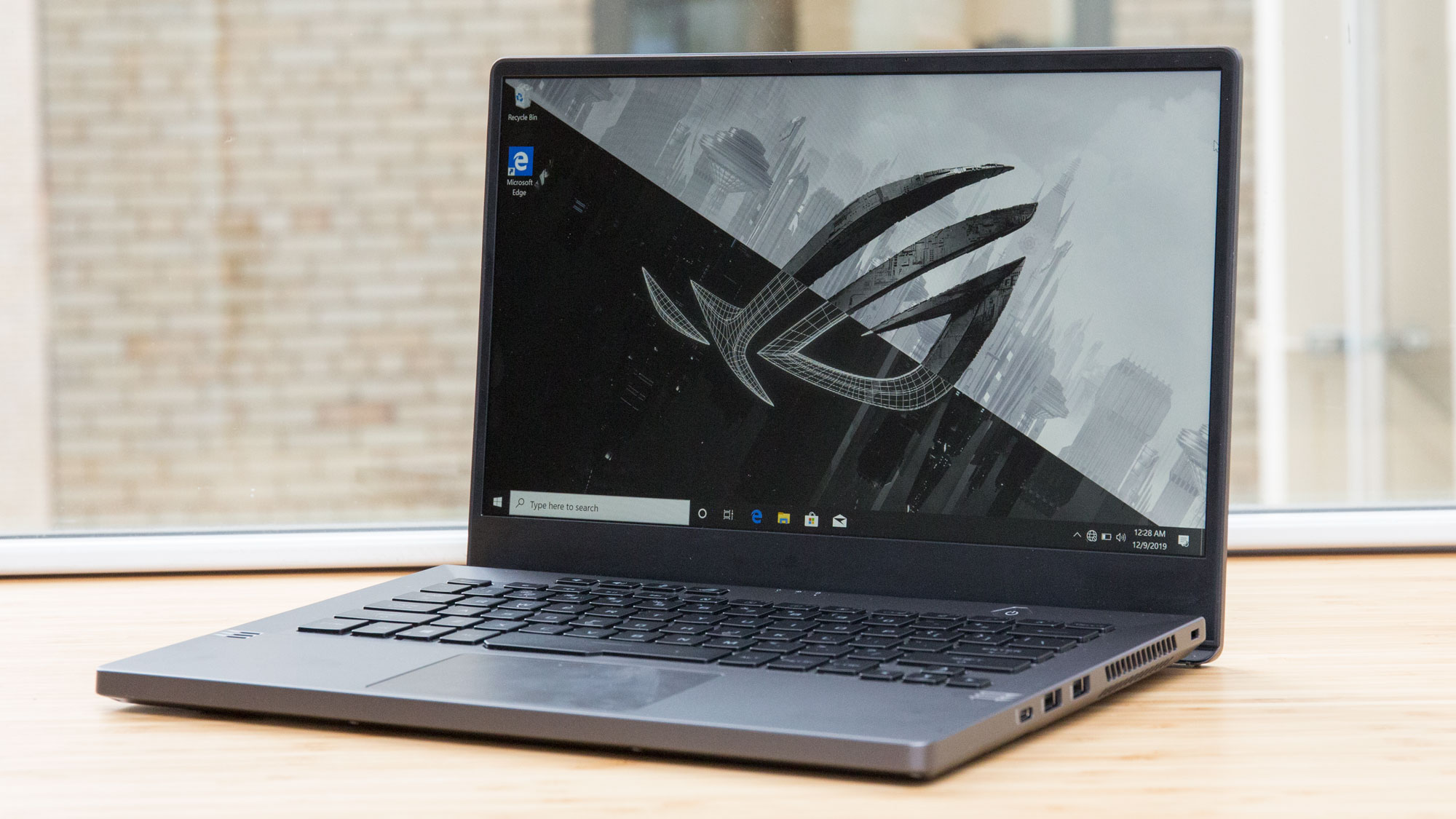
The G14 wowed us with an 11-hour runtime (thanks, in part, to its AMD CPU). We’ve also been impressed with 7-hour runtime gaming laptops, such as the Lenovo Legion 5i and the Dell G5 15 SE. If we could keep this long-lasting gaming laptops trend going, in the words of the oft-memed boss from “Office Space,” “that would be greaaat!”
Legacy ports on slim laptops
"Oh honey, I’m far too skinny to wear that old USB Type-A port” is what I hear from uppity, anti-legacy port laptops, such as the Apple MacBook Pro and the Dell XPS 13.
As the laptop industry gravitates toward slimmer laptops, we suffer in dongle hell as vendors say their laptops are far too thin to support older connection options. But thankfully, not all laptop makers have thrown us old fashioned, legacy-port lovers to the wolves. The HP Envy 13 and the Asus ZenBook 13 are both thin-and-light laptops that support USB Type-A, so Apple and Dell — what’s your excuse, now?
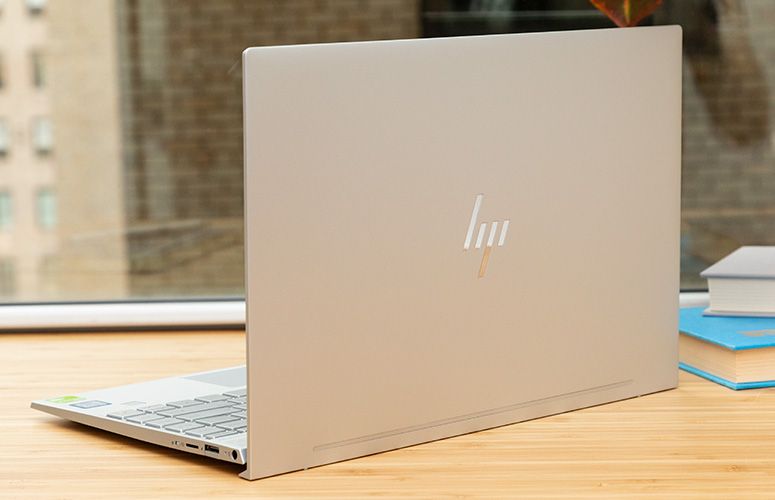
It may be wishful thinking, but I hope to see more ultraportable laptops reverse the USB-C-only trend.
Outlook
See? At Laptop Mag, we’re a team of balance — as much as we rag on features we’d like to see buried in the graveyard of optical drives and other dead trends, we also praise and uplift laptop makers for spearheading trends that we absolutely adore.
I also can’t help but wonder how trends will shift over the years, especially with our ever-changing global landscape.
With a myriad of unexpected events taking place this year, 2020 has been a wild ride. As more people work from home, I’m hoping to see one particular trend on the “2021 laptop trends we love” list next year: high-quality cameras. I also want more edge-to-edge displays on sub-$1,000 laptops.
Like we mentioned on our 2020 laptop trends must die piece, we hope this article can give laptop makers some insight on innovations we loved seeing. In understanding what consumers look for in a laptop, both suppliers and buyers will benefit in the long run.
Kimberly Gedeon, holding a Master's degree in International Journalism, launched her career as a journalist for MadameNoire's business beat in 2013. She loved translating stuffy stories about the economy, personal finance and investing into digestible, easy-to-understand, entertaining stories for young women of color. During her time on the business beat, she discovered her passion for tech as she dove into articles about tech entrepreneurship, the Consumer Electronics Show (CES) and the latest tablets. After eight years of freelancing, dabbling in a myriad of beats, she's finally found a home at Laptop Mag that accepts her as the crypto-addicted, virtual reality-loving, investing-focused, tech-fascinated nerd she is. Woot!

